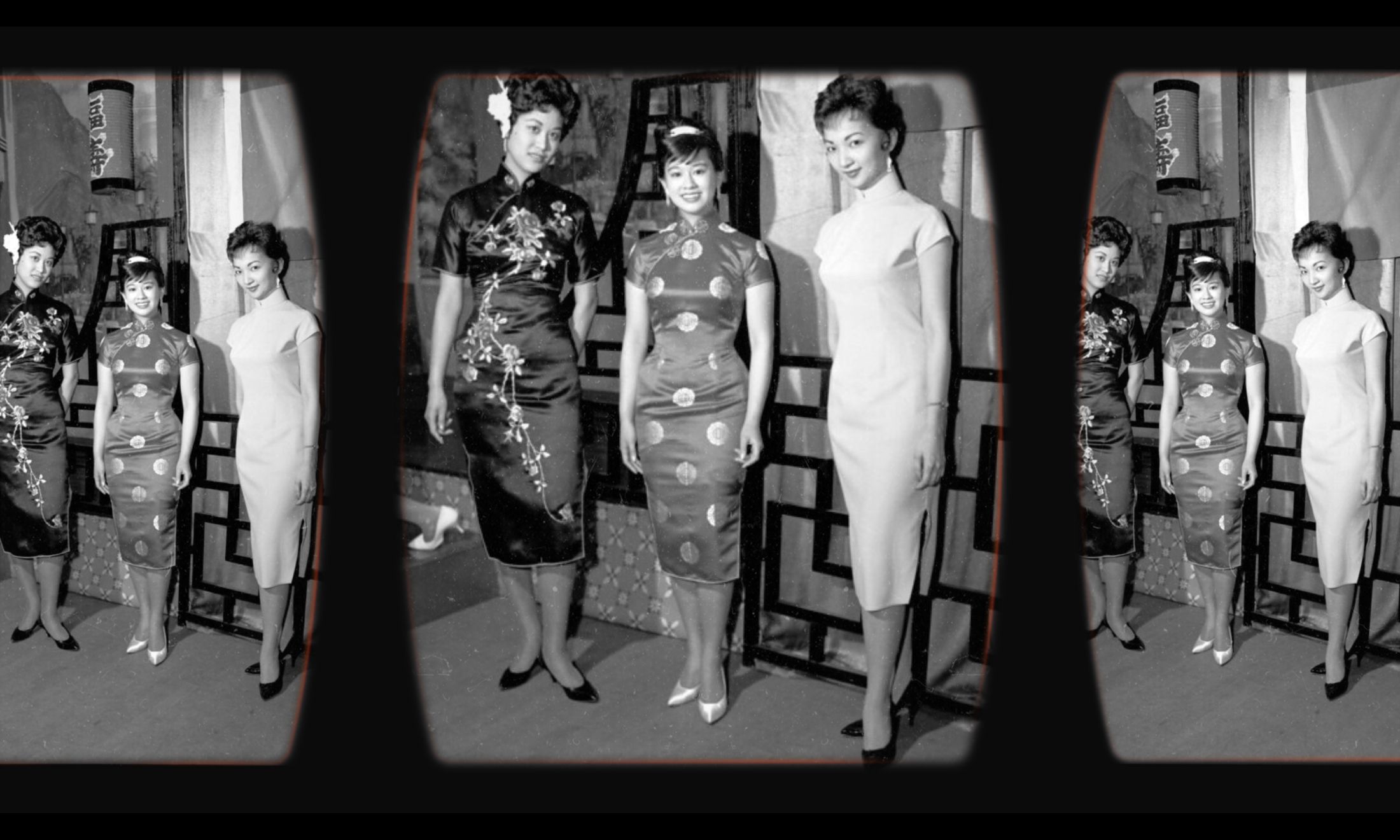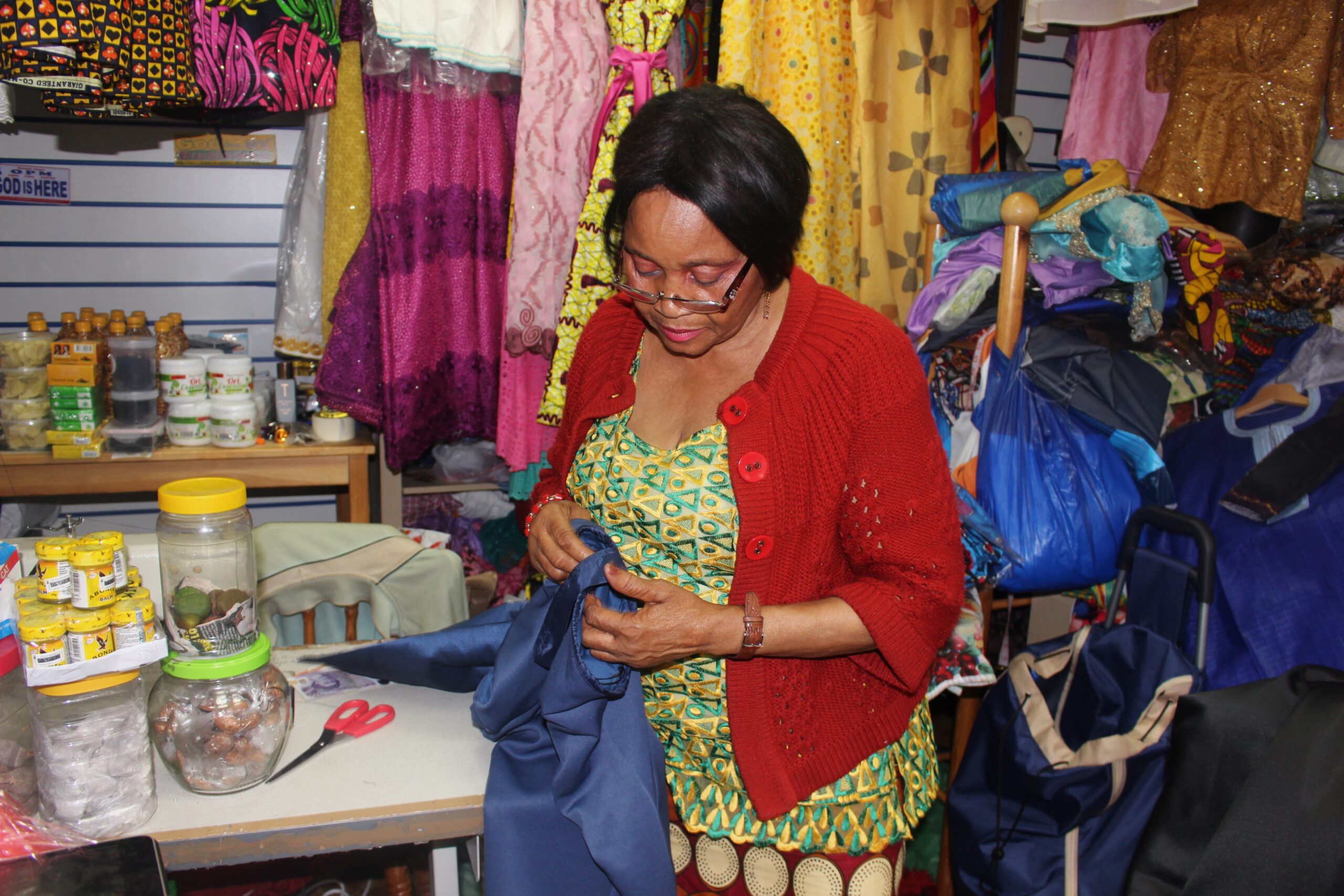
The puffa jacket sits high on the shoulders, chest, and waist of its wearer. Bold and unabashed, its growing popularity in the womenswear departments of both high street and online retailers has made it a staple garment for fashion-forward baby girls. Despite its initial popularity as an exclusively masculine piece in the upcoming hip hop scenes of New York, the oversized jacket began as a means of keeping its wearer warm yet fly in adverse weather conditions. Reinvented by rebellious women who unknowingly reject fashion’s “mens/womens” distinctions and make them their own, it’s a personal and public favourite for all the right reasons.
Elastics, lycras, and polyesters are the go-to fabrics for sexualising women’s form, pushing bust and derriere to the front for industries dominated by pretty privilege and unrealistic body standards. Puffas refute curves altogether, replacing them with boxy edges that masculinises the feminine body which is so often taken to be demure and understated. Equally, it gives us the deep utility pockets that most women have been demanding from retailers for years. Gone are the days of cramming your entire life into a tiny clutch on a night out, when the puffa offers the same storage space on your person.
“…it does string us all along the diversifying and colliding paths of what exactly is considered ‘his’ and ‘hers'”
In your face and demanding space comes equally from the online fast fashion retailers that have reinvented previously simple designs and added their own, sometimes hit-and-miss designs. Metallics, prints, and embellishments have become a way of further adding to bold colourways. Their monetary accessibility has made puffas a piece for everyone, despite the highly questionable quality and longevity. Nevertheless, you get what you pay for and the shock factor when one enters a room wearing an impressive one makes it worth it.
Wearing a puffa doesn’t make its wearer some kind of androgynous queen, but it does string us all along the diversifying and colliding paths of what exactly is considered “his” and “hers”. Aaliyah and J-Lo are some of the first icons I remember seeing kitted out in wool-stuffed jackets in MTV cameos; both nineties artists balanced bagginess and tightness without picking one side. Mixing what isn’t traditionally considered to match is a significant part of developing one’s personal style, and I think seeing this from an early age convinced me that it was okay to look similar to the in-store mannequin, but not the exact same.
“As an expression of self, the puffa is not only about its wearer; it should equally be about its often ignored maker”
An irony does exist in the demographics sporting new age puffas, however. Although previously frowned on as a stamp of so-called ghetto, working class inner cities, it has undergone a rebranding as a trendy go-to for the young adult. As a result, all types of people embrace it, along with brands. From the luxury to the value, there is one for everyone. Yet both source their labour from factories in the too often exploited Global South. As an expression of self, the puffa is not only about its wearer; it should equally be about its often ignored maker. Flashy and glam as they are for us, they are not so much for others. Ethically sourcing such elaborate clothes may be difficult, but we should at least take consideration for those of us who want our style to truly speak volumes about the type of people we are.
As a base for further customisation, the puffa can act as a canvas for other iconic styles, including nameplate jewellery, iconic AF1’s and mom jeans. As part of the long tradition of womenswear being remade FOR us out of the throwaways of menswear, I’d say designers have done a pretty good job. Big, bolshy fashion statements from size 16 women are equally as important as that from size 8 women, however, and inclusivity is non-negotiable on this one.
Unfortunately, some of us are hipsters and gentrifiers, but some of us are also the original intended audience. The puffa might slowly but surely be coming back home.









